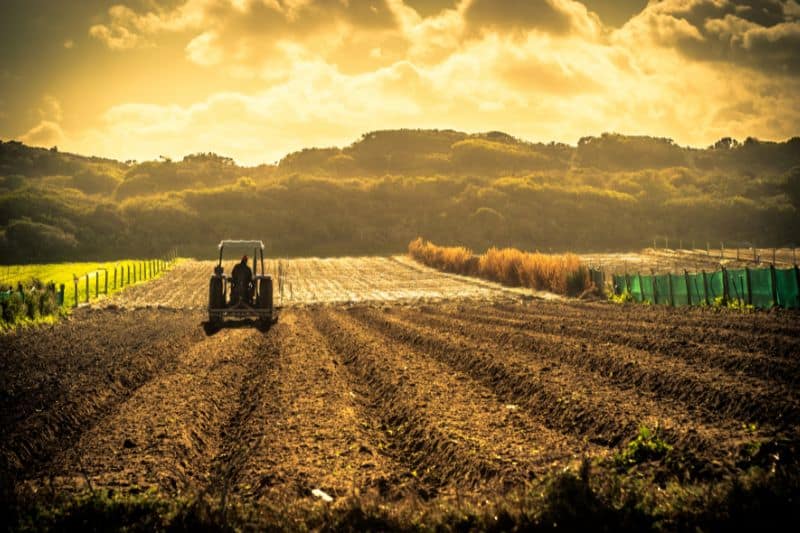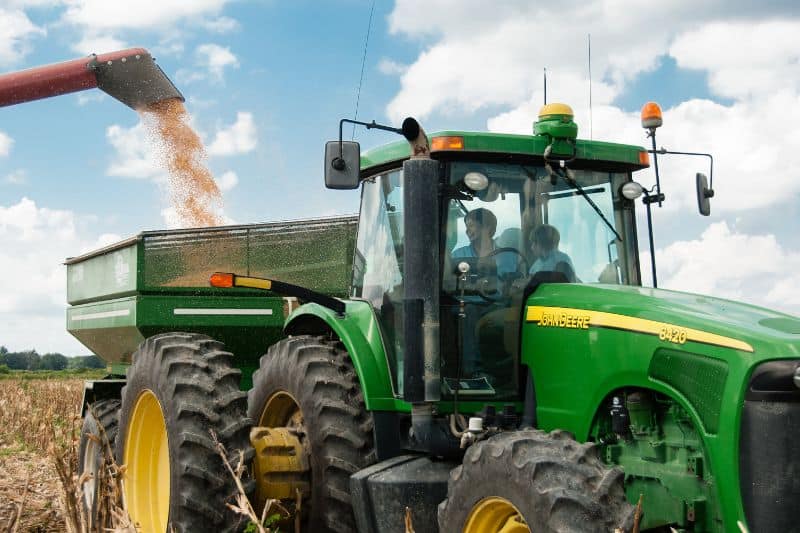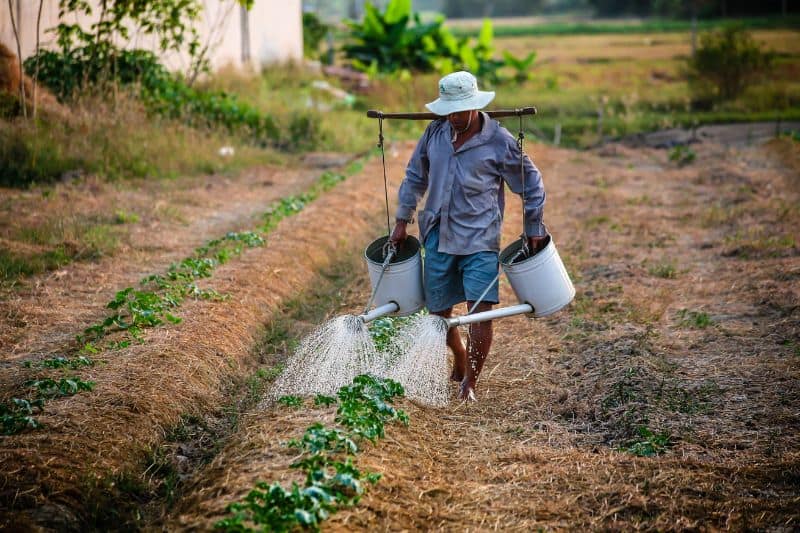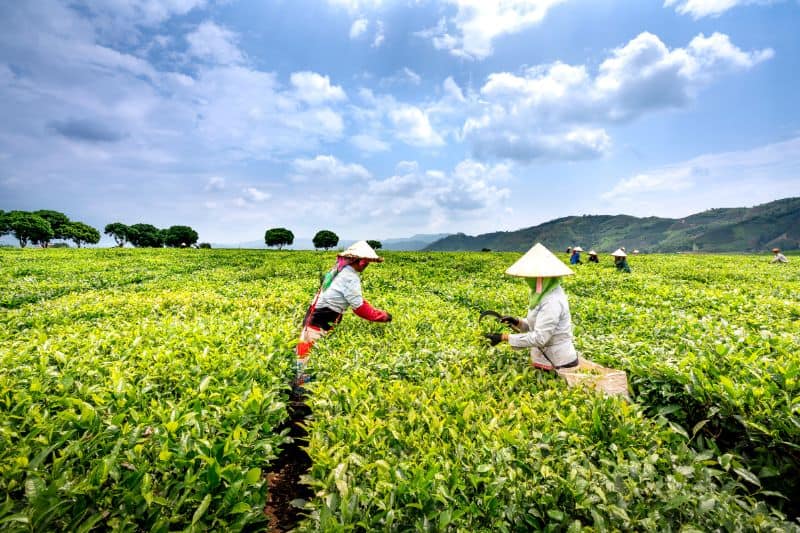Agroforestry is a sustainable method of managing land that involves coexisting with crops, livestock, shrubs, and trees on the same plot of ground. It’s a calculated strategy that blends forestry and agricultural methods to increase biodiversity, environmental preservation, and productivity.
Agroforestry systems offer a comprehensive and resilient land use and resource handling strategy by promoting profitable relationships among trees, crops, and animals. This improves soil health, mitigates climate change, provides food security, and supports livelihoods.
In this article, let’s look at various advantages and disadvantages of agroforestry.
What is Agroforestry?
The relationship between agriculture and trees, mainly using trees in agriculture, is known as agroforestry. This includes growing trees on fields and in agricultural settings, cultivating crops in forests and their edges, and producing tree crops like cocoa, coffee, rubber, and oil palm.
There are several scales at which relationships among trees and other agricultural elements may be significant, including fields, farms, and landscapes. Agroforestry is the practice of managing, planting, protecting, and regenerating various trees in agricultural settings while they relate to humans, livestock, wildlife, and annual crops.
The greatest way to maintain the benefits of trees as natural woodlands are destroyed for construction and agriculture is to incorporate them into landscapes that are beneficial for agriculture.
Professionals, leaders, and environmentalists have suggested Agroforestry to lessen the impact of global warming. Furthermore, the need to adopt a long-term, sustainable strategy to address food insecurity is growing as the need for food increases and the adverse effects of current farming methods become more evident.
The idea of agroforestry was born out of this need. The primary objective of agroforestry is to integrate traditional and modern land-use systems, where trees are handled in conjunction with the growth of crops or animals.

How Does Agroforestry Work?
For agroforestry to function, forests or woody perennials must be purposefully integrated with livestock, crops, or other agricultural elements on the same plot of ground. To optimize benefits, this discipline employs a variety of structures and methods that maximize the synergies between various parts.
Silvopasture
Silvopasture blends the management of trees with a pastoral operation by managing fodder, farm animals, and trees on similar land. Livestock can find shade and protection from hay, which also improves carbon sequestration and fodder production. In addition, this combination may provide additional revenue from Christmas trees, forestry goods, or leisure activities.
Forest Farming
High-value particular crops are grown and protected under FOREST FARMING beneath the forest canopy and are precisely regulated to the right shade intensity the crops prefer. This is accomplished by downsizing an existing forest to preserve the best canopy trees for future timber output and to foster the understory crop’s growth in ideal conditions.
In addition to offering an extra source of income, non-timber forest products produced utilizing forest farming techniques contribute to the preservation of wildlife habitat.
Alley Cropping
Alleyways are the spaces between mature trees where crops are grown. Alley cropping generates yearly and recurring revenue streams, diversifying operations. Additionally, it can strengthen carbon sequestration, preserve produce, and increase the use of nutrients and water quality.
Windbreaks
Plantings of one or more rows of trees, bushes, or both to protect crops, houses, animals, soil, and people from wind, smells, dust, or snow are known as Windbreaks. Windbreaks reduce house heating expenses and energy use. In addition, windbreaks protect animals from cold and heat stress, increase crop yields, and help net significant gains in carbon storage.

How Does Agroforestry Contribute To Environmental Conservation?
Agroforestry encourages a sustainable method of managing land that emphasizes biodiversity preservation, ecosystem function restoration, and conservation. In agroforestry, the proper tree must be planted for the right purpose in the correct location. Topsoil, cattle, and wildlife habitat are all protected. Higher crop yields and earnings.
- Conservation of Soil: By stabilizing the soil’s structure with their roots and lessening the effect of intense rainfall on exposed soil surfaces, trees in agroforestry structures contribute to the prevention of soil erosion.
- Carbon Sequestration: Trees are powerful atmospheric carbon sinks that draw and hold carbon dioxide. Agroforestry stores carbon in the soil and aboveground biomass, reducing climate change’s effects.
- Water conservation: By increasing soil water retention, agroforestry techniques can lessen water runoff and encourage groundwater recharging. This is particularly crucial in areas where drought and water constraints are expected.
- Nutrient Cycling: By taking nutrients from beneath the soil and recycling them via leaf fall and breakdown, shrubs in agroforestry systems help to enrich the soil for crops.
- Food Security and Diversified Income: Agroforestry systems can offer individuals and communities a variety of food sources and an array of income. Compared to monoculture systems, they are less susceptible to market changes and extremes in climate.
- Microclimate Regulation: Shade from trees can lower soil temperatures and evaporation rates, improving the microclimate for livestock and crops.
- Enhancement of Water Quality: In agroforestry, trees and other plants can function as organic filters, limiting the entry of contaminants into a body of water and enhancing the quality of the water.
- Sustainable Resource Use: Agroforestry techniques lessen the need for outside inputs like pesticides and fertilizers by combining crops and trees. This promotes the environmentally friendly utilization of natural resources.
- Connectivity of Habitat: Plant and animal species can migrate freely between fragmented natural habitats thanks to agroforestry systems as wildlife corridors.
Advantages and Disadvantages of Agroforestry
Managing and combining trees, crops, and cattle on a shared piece of land is known as agroforestry. This method, seen as essential to profitable agriculture, can involve native woods and forests created by landholders. These are a few benefits and drawbacks of agroforestry.
Advantages of Agroforestry
Agroforestry is a type of sustainable agriculture. The method is founded on ecological ideas found in real-world ecosystems. Trees play a significant role in reducing the damaging environmental effects of modern agriculture. They increase the resilience of food production systems and counteract farm pollution.
1. Helps Save Energy
Farmers deal with the issue of heat loss through conduction and infiltration almost every winter. However, the energy required to heat confinement structures will be decreased because of shelterbelts in agroforestry.
2. Increase Crop Yields
According to research, crop yields in farms next to shelterbelts have increased. This is because improved microclimates and snowfall and water retention techniques are employed, which can manage or mitigate climatic influences that lessen harm to crops.
3. Increase Biodiversity
In addition to preserving energy, soil, and water, farmers grow trees to protect wildlife by creating biodiversity. Planting trees can help restore lands that have been changed for settlements, which drastically decreased wildlife habitat. After all, the environment benefits from this activity, in addition to the landowners and the wildlife.
4. Prevention of Forest Damage
Agroforestry techniques contribute to the prevention of deforestation in areas where wood is required for cooking and other activities by producing a variety of goods. The spread of agriculture and the burning of charcoal are two more practices that cause a rapid loss of forest cover.
There are numerous advantages to agroforestry in this situation. Farm trees enable crops to be grown on the same plot while sustainably producing wood and non-wood goods.
5. Economic Benefits
The agricultural business might profit financially from agroforestry. There are numerous options, ranging from enhanced output and varied yields to decreased external inputs and maximized resource efficiency.
6. Sustainable Land Use
Because agroforestry systems can create a favorable microclimate, permanent cover, increased organic carbon content, improved soil structure, increased infiltration, and increased fertility and microbial activity in the soil, they have the potential to significantly increase land productivity, diversify sources of food and income, and stop and reverse land degradation.

Disadvantages of Agroforestry
The diversity of agroforestry systems can rival that of natural ecosystems. What functions well on one farm might not be suitable for another. It’s a good idea to educate yourself on the drawbacks of agroforestry before becoming overly enthused about its many benefits. Knowing what to expect is the best defense against unintended outcomes.
1. Labor Intensive System
Sufficient knowledge, careful planning, and routine tree care are necessary for an agroforestry system to be successful. Some farmers find it annoying that having trees or bushes among their crops prevents them from fully automating the farm’s production process.
This calls for systematic effort that varies depending on the stage of tree growth and frequent monitoring. In their early years, little trees could need irrigation and fertilizing. They must be regularly pruned and thinned as they get larger to guarantee healthy growth and a good harvest.
2. Delayed Yields
The most prevalent and noticeable drawback of agroforestry is delayed production. Agroforestry incorporates cropping systems and forest flora, such as trees and bushes, in contrast to conventional agriculture and other environmentally friendly farming techniques that only consider crop species.
Because of this, the advantages of this approach can only be realized once the agroforest habitat has wholly developed, meaning that trees and other plants in the forest have grown to maturity and the ecological conditions have stabilized.
3. Unfavorable Competition
The unhealthy and undesirable rivalry between trees and crops for elements like water and nutrients can be facilitated by agroforestry. When necessary care is ignored to separate trees and crops, there is a greater likelihood of this kind of rivalry. This can lead to profound growth issues as these plants’ feeding trajectory and root systems hinder or entwine.
4. Regulatory and Policy Barriers
Policy and regulatory obstacles prevent agroforestry from being widely adopted. Convoluted land tenure regulations, ambiguous property rights, and competing forestry and agriculture policies hamper farmers’ capacity to incorporate trees into their farmlands.
5. Lack of Legal Support
Policies that encourage agroforestry still need to be improved. Agroforestry is a sophisticated fusion of agricultural and forest land use systems, lacking the traits of either one alone. Agroforestry requires regulations specifically focused on this system’s operation because of its unique characteristics. Rules that will define and organize the many components of agroforestry development.
Conclusion
Many trials are now being conducted to investigate the potential of agroforestry, which has enormous potential to improve the farming environment in the US. Agroforestry not only improves the soil, the environment, and animals significantly, but it also increases productivity. Monocultures are less productive than diverse systems.
Tree roots can penetrate below the roots of vegetables or cereals, allowing you to harvest additional yields from a single acre. Agroforestry has a promising future. It has already been identified as among the most promising farming methods for “sustainable intensification,” or increasing food production while lowering adverse environmental effects.






